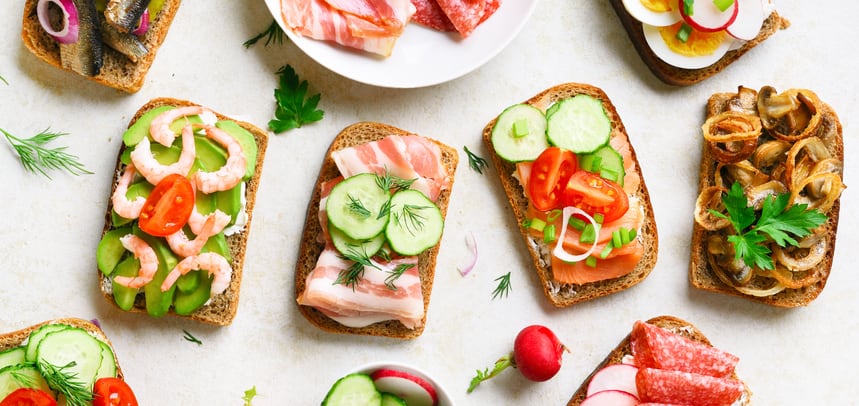For several years, researchers have known that women are generally better than men at tasting bitter flavours. Now, two studies from the University of Copenhagen suggest that Chinese people are better at discerning bitter tastes than Danish participants, owing to an anatomical difference on the tongue surfaces of these two groups.
Using a new artificial intelligence method, researchers from UCPH FOOD, in collaboration with Chenhao Wang and Jon Sporring of UCPH’s Department of Computer Science, analysed the number of mushroom-shaped “fungiform” papillae on the tongues of 152 test subjects, of whom half were Danish and half Chinese.
Fungiform papillae, located at the tip of the tongue, are known to contain a large portion of our taste buds and play a central role in our food and taste experiences.
The analysis demonstrated that the Chinese test subjects generally had more of these papillae than the Danish subjects, a result that the researchers believe explains why Chinese people are better at tasting bitter flavours.
"Our studies show that the vast majority of Chinese test subjects are more sensitive to bitter tastes than the Danish subjects. We also see a link between the prominence of bitter taste and the number of small bumps, known as papillae, on a person’s tongue," said Professor Wender Bredie of the University of Copenhagen’s Department of Food Science (UCPH FOOD).
While the vast majority of Chinese subjects (77%) prefer foods that don’t require much chewing, the opposite holds true for the Danish subjects. Among the Danes, 73% prefer eating foods with a harder consistency that require biting and chewing – rye bread and carrots, for example.
The reason for this difference remains unknown, but the researchers suspect that it stems from differences in food culture and the ways in which we learn to eat. The studies do not point to tongue shape as making any difference.
Professor Bredie emphasized that larger cohorts need to be examined before any definitive conclusions can be drawn about whether these apparent phenotypical differences between Danes and Chinese hold at the general population level.
He said more knowledge about differences in taste impressions could be important for food development.
"It is relevant for Danish food producers exporting to Asia to know that Asian and Danish consumers probably experience tastes from the same product differently. This must be taken into account when developing products."
Source
A Novel Approach to Tongue Standardization and Feature Extraction



